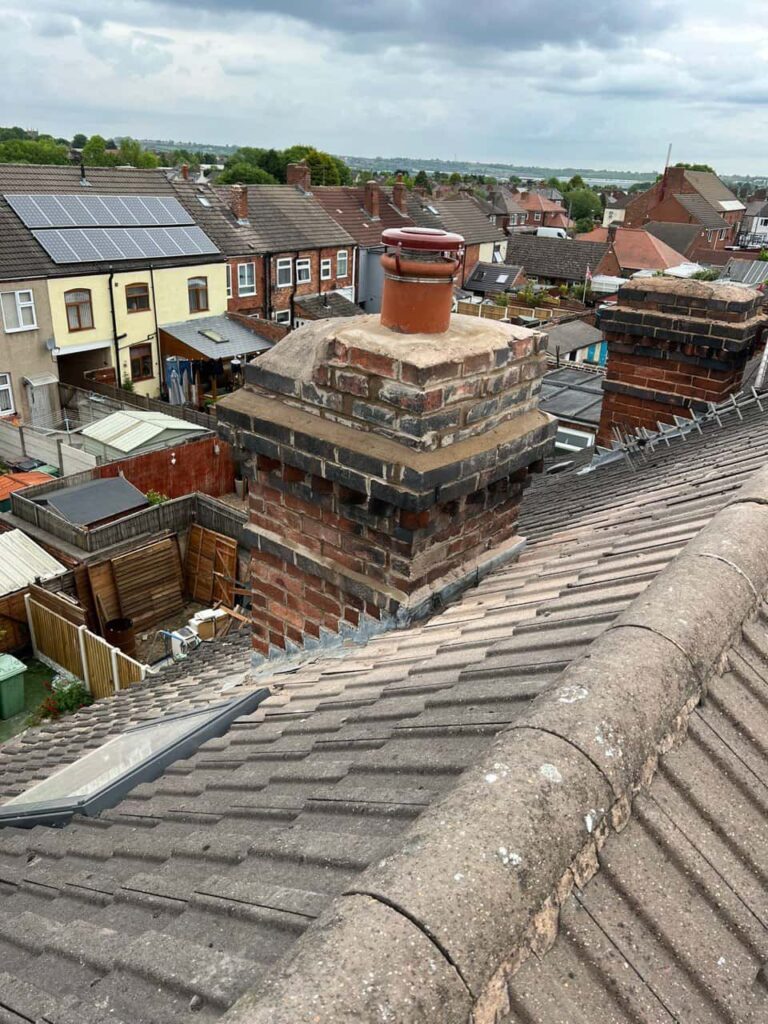Introduction: Proper ventilation is crucial for maintaining the integrity and longevity of flat roofs. Flat roofs can suffer from increased moisture without adequate ventilation, leading to mould growth, structural damage, and decreased energy efficiency. This blog post, presented by Thurmaston Roofing Repairs, explores effective strategies for ventilating flat roof spaces, ensuring they remain dry, efficient, and functional over their lifespan.
The Importance of Ventilating Flat Roofs
Ventilation in flat roofs helps regulate the temperature and moisture levels within the roof structure and the building itself. Properly ventilated roofs will:
- Reduce the risk of condensation, leading to rot, mould, and mildew.
- Improve indoor air quality by preventing the buildup of harmful pollutants.
- Enhance energy efficiency by reducing the workload on heating and cooling systems.
- Extend the lifespan of roofing materials by reducing the potential for heat and moisture damage.
Ventilation Techniques for Flat Roofs
- Natural Ventilation
- Overhang Vents: Install vents in the overhangs or soffits of the roof. These allow air to enter at the roof’s lowest point, creating a natural flow that helps push warm air out through higher vents.
- Ridge Vents: While more common in sloped roofs, ridge vents can also be adapted for use in certain flat roofs, particularly those with a slight pitch. These vents are placed along the roof’s highest point, allowing hot air to escape.
- Mechanical Ventilation
- Exhaust Fans: These can be installed to pull air out of the roof space mechanically. Exhaust fans are especially useful in flat roofs where natural ventilation is insufficient.
- HVAC Systems: Proper integration of HVAC systems with roof ventilation is crucial. Ensure these systems do not interfere with the natural or mechanical ventilation processes.
- Vents and Diffusers
- Roof Vents: Install static roof vents that help expel hot air and moisture from the roof space. The number and placement of vents will depend on the roof size and the specific ventilation needs.
- Diffusers: These can be used with other ventilation systems to distribute air evenly throughout the building, preventing stagnant air pockets.
- Material and Design Considerations
- Vapour Barriers: Vapour barriers control moisture diffusion through the roof. Correct installation is crucial to avoid trapping moisture inside the roof structure.
- Air Barriers: Similarly, air barriers can help control air movement into and out of the roof assembly, complementing the ventilation strategy.
Practical Tips for Effective Ventilation
- Regular Inspections: Schedule regular inspections to ensure vents are not blocked by debris, dirt, or snow, which can impede airflow.
- Balanced Air Flow: Ensure that the intake and exhaust levels are balanced. An imbalance can lead to poor ventilation, causing some areas to become damp or overheated.
- Consider the Building’s Use: The building’s function can affect its ventilation needs. For example, buildings with high internal moisture loads, like swimming pools or commercial kitchens, may require more robust ventilation solutions.
- Professional Installation: Always use professional services like Thurmaston Roofing Repairs to install and maintain ventilation systems. Proper placement and installation are crucial for effective operation and longevity.
Conclusion: Proper ventilation is essential for the health and efficiency of flat roofs. By combining natural and mechanical ventilation strategies, building owners can protect their investments and enhance the comfort of building occupants.
Call us on: 0116 216 5397
Click here to find out more about Thurmaston Roofing Repairs
Click here to complete our contact form and see how we can help with your roofing needs.

